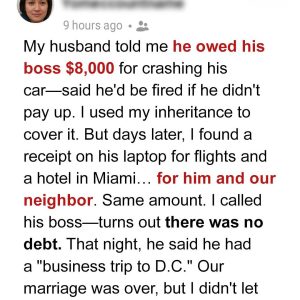🧭 Where’s the Safest Place to Be During a Nuclear Attack?
-
Far from Likely Targets:
Urban and military hubs (e.g., D.C., New York, Los Angeles, Seattle, San Diego) are primary targets. Remote or rural areas may escape both the blast and immediate fallout. -
Inland States like Montana, North Dakota, and Nebraska:
These areas may be less likely targets, have natural shielding (mountains, distance), and are more likely to have old missile silos that could double as shelters. -
Washington D.C.:
Has a high concentration of bunkers—but also the highest chance of being targeted.
⚠️ Can You Survive a Nuclear Attack Without a Bunker?
Yes—but with caveats.
If you’re:
-
Outside the immediate blast radius (i.e., not in the center of the detonation)
-
Sheltered in a deep basement or improvised fallout shelter
-
Stocked with food, water, and essentials for at least 2–3 weeks
-
Able to seal off and filter your air intake
…then you may survive both the blast and the fallout.
🏙️ Florida’s Fallout Shelter Problem
As you noted, southern Florida is particularly vulnerable, with only three known fallout shelters for over 6 million people, all located in Miami. Residents in underserved regions should seriously consider creating a personal shelter or retrofitting a basement.
🕳️ What About the “Underground Cities”?
Rumors of secret government bunkers like those at:
-
Mount Weather (VA)
-
Cheyenne Mountain Complex (CO)
-
Raven Rock (PA)
…do exist. But these facilities are not accessible to the public and are primarily for government continuity and elite sheltering.





